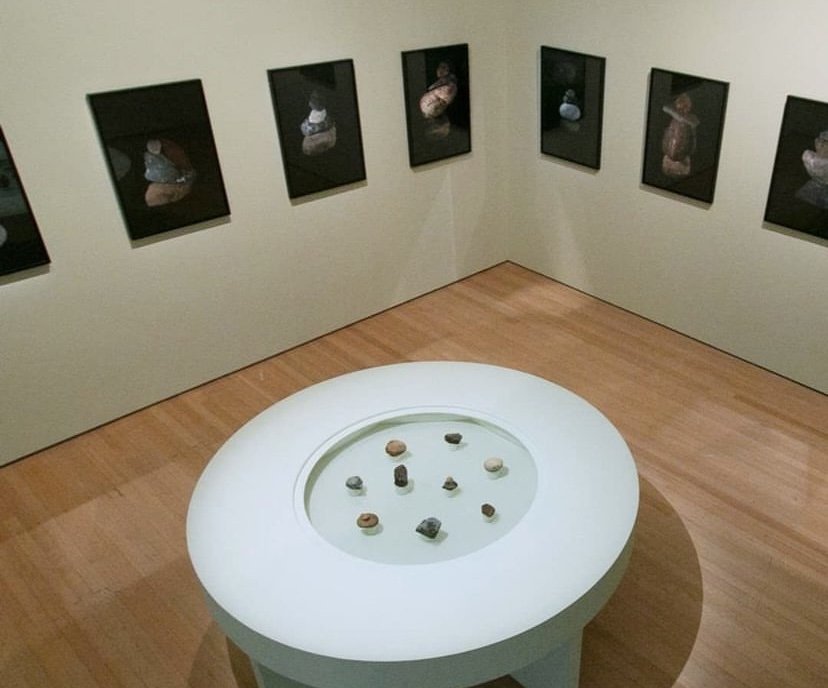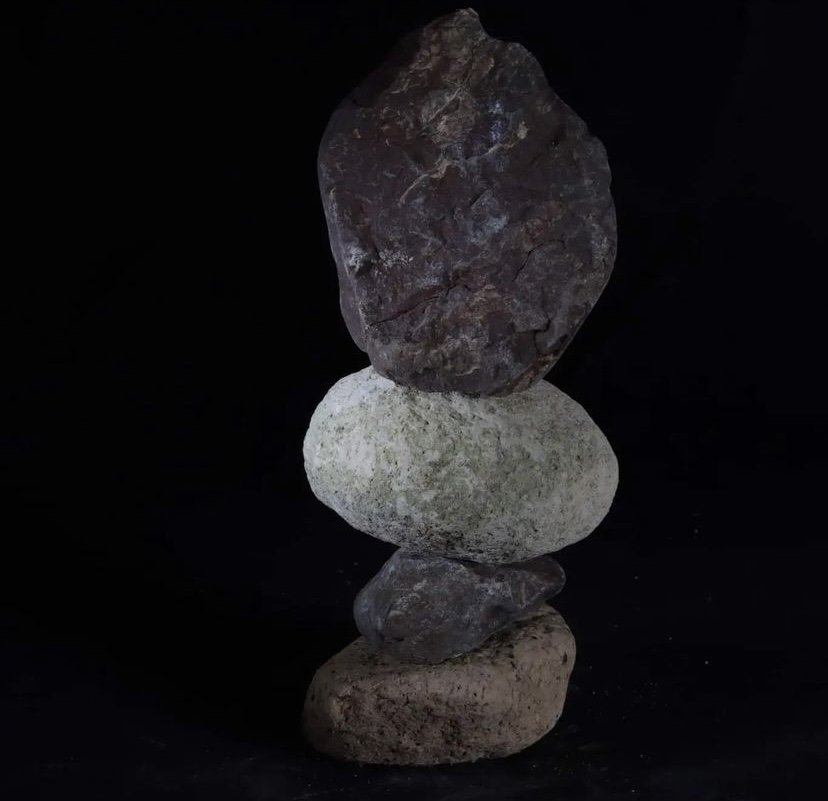Rakahore is one of the children of Takotowai and Tuamatua. Just like Tuamatua, Rakahore is one of the embodiments of rock and stone.
Theres an old kōrero that goes:
E kore a Para-whenua e haere ki te kore a Rakahore.
This kōrero speaks to the relationship that Rakahore has with Parawhenuamea, and the fact that much of our wai māori comes forward from springs and from rock.
Rakahore and Hinewaipipi begat the rocks and reefs in the ocean. Rakahore also had a relationship with Ukurangi.
Do you have a favourite kind of kōhatu?
Where do you see Rakahore?
He Kāwai Whenua, He Kāwai Whakapapa - Maraea Timutimu
Maraea Timutimu (Tūhoe, Ngāti Ranginui, Ngāi Te Rangi) was introduced to natural dyes and colour pigments during time as a student of Tina Wirihana at Te Wānanga o Awanuiarangi. In recent times, whenua has become a medium for her to explore connection and whakapapa, as she brings together pigments from Tūhoe, Ngāti Ranginui, Ngāi te Rangi. It has become a way to document the places to which she belongs.
In Maraea’s work “He Kawai Whenua, He Kāwai Whakapapa” rocks and clay she has assembled have been collected from the waterways of her maternal and paternal kāinga at Matapihi, Tauranga Moana, and Rūātoki, Eastern Bay of Plenty. These totemic forms are portraits - poetically standing in for people who are important to the artist. They provide a unique insight into the connectedness of whenua and whakapapa through a Māori lens.
“When we view whenua in its natural state, we see that it is made up of layers. These layers all have a whakapapa, derived from the natural pigments of Papatūānuku (mother earth) connecting it to place and time. It depicts us and the makeup of our individual genealogy” says Timutimu.
- Te Kōputu a te Whanga a Toi 2023
In Maraea’s work “He Kāwai Whenua, He Kāwai Whakapapa” we can see a visual representation of the relationship of Rakahore and Parawhenuamea.




